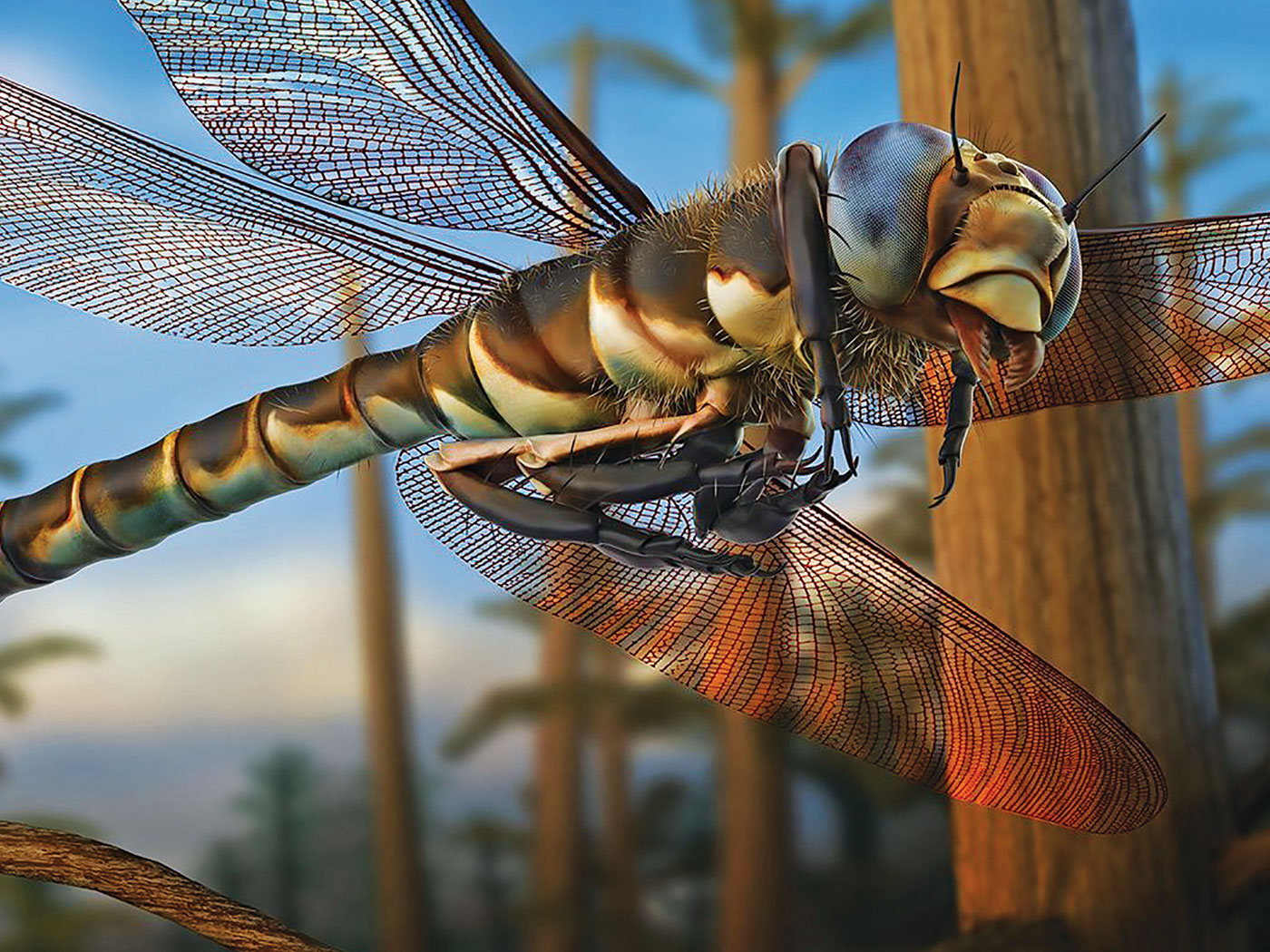If you looked at picture [sic] of a paddlefish, Protosephurus from the Early Cretaceous of China, you could easily see that the group has changed little in appearance over the past 120 million years.1
This alleged “prehistoric” creature is impressively designed with special cellular sensors called electroreceptors. These hair cells are contained in a structure called the ampullary organ located on the extension or beak-like process of the paddlefish’s snout (rostrum). The fish can detect steady (tonic) electrical discharges of zooplankton—the favorite food of the American paddlefish. God also designed the paddlefish with sensory pores covering much of the skin surface that extends from the rostrum to the gill or opercular flaps.
The paddlefish has made the news recently because decades ago its habitat in Texas (they are also found in the Mississippi River basin and China) was disrupted by a dam that was built upstream. The waterflow needed for the fish to survive was altered, causing the fish to die out in the 1970s.
But think of all the environmental disasters that would befall every square inch of the Earth’s surface during the supposed 350 million years. The calamities would be legion, including earthquakes, drought, natural pollution, volcanoes, extreme changes in salinity, pH, and oxygen concentration, continental drift, asteroid strikes, flooding, and freezing. But the robust little paddlefish was able to endure all of these apocalyptic events spanning many millions of years—until it encountered a dam in Texas.
One article stated, “The distinctive fish are listed as a threatened species in Texas, and the re-stocking effort is part of a campaign to boost their population.”2 Threatened species? After 350 million years? The phrase rings hollow if the paddlefish has managed to survive all these millions of years without man’s help. In addition, it has been determined that the paddlefish requires exact river flows year-round.
“It’s important to know how the ecosystem works together to support these paddlefish, but not just paddlefish—all other species of fish that require those specific flows in the river throughout the year,” said Tim Bister, the district fisheries biologist with the Texas Parks & Wildlife Department.3
The paddlefish is a freshwater fish that survived the Genesis flood thousands of years ago.
References
1. Long, J. 2011. The Rise of Fishes. The Johns Hopkins University Press, Baltimore. 148.
2. Pickering, S. Prehistoric fish released into east Texas lake. Msn.com. Posted on msn.com June 24, 2022, accessed June 24, 2022.
3. Downs, W. 1,000 prehistoric fish released into East Texas Lake. Msn.com. Posted on msn.com June 23, 2022, accessed June 24, 2022.
*Dr. Sherwin is Research Scientist at the Institute for Creation Research. He earned an M.A. in zoology from the University of Northern Colorado and received an Honorary Doctorate of Science from Pensacola Christian College.
















